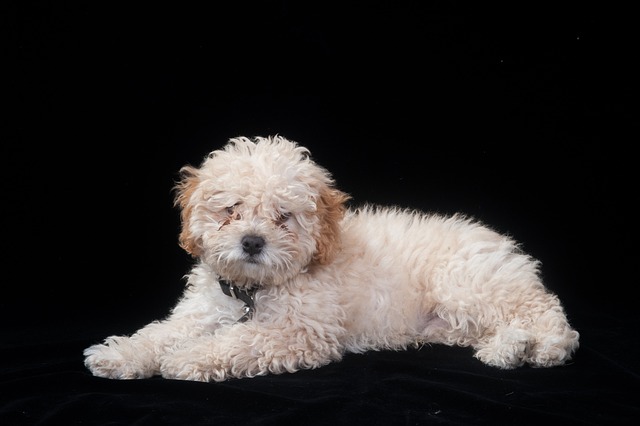
How to train a dog to pee outside?
Watching your new puppy squat on the living room rug can be frustrating, but housebreaking is a journey every dog owner goes through.
Ever found yourself crouched on the kitchen floor, staring at a fresh puddle and wondering if there’s a magic solution to puppy potty training? Enter puppy potty sprays—those colorful bottles promising to turn your mischievous furball into a bathroom pro. But do they actually live up to the hype? For new dog owners in the U.S., separating fact from fiction is key to a stress-free training journey.
Puppy potty sprays work on a simple principle: dogs have a natural instinct to urinate or defecate in areas with certain scents. These sprays mimic the pheromones that signal "this is a good spot to go." Think of it like leaving a friendly note for your puppy. However, behaviorists caution that sprays aren’t a one-and-done fix. Just like how you wouldn’t expect a child to learn math overnight, puppies need consistent training. In fact, research shows that combining spray cues with positive reinforcement doubles the effectiveness of potty training.
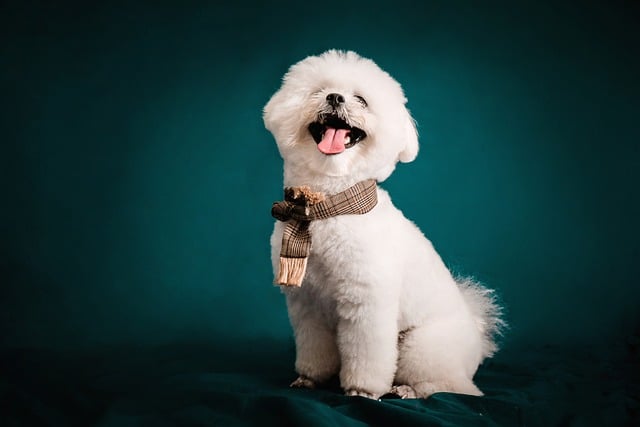
To use potty sprays effectively, start by choosing a well-ventilated area for your puppy’s designated potty spot, like a corner of the backyard or a pee pad in the laundry room. Spritz the area lightly before each training session, then immediately bring your puppy to the spot. When they do their business, shower them with treats, belly rubs, and enthusiastic praise. Be patient—accidents are normal, especially for tiny puppies with small bladders. If your puppy ignores the spray, don’t scold them. Instead, try moving the spot to a more frequented area or adjusting the time between sprays and potty breaks.
In the U.S., responsible potty training extends beyond your home. Always ensure your puppy is up-to-date on vaccines, as per state laws, before introducing them to public spaces. When using puppy pads in apartments, dispose of them properly to avoid unpleasant odors for neighbors. And remember, even with the best indoor training, you’ll still need to take your dog for regular walks in the community. Clean up after them promptly using biodegradable bags—failing to do so can result in fines of up to $250 in some cities.
While puppy potty sprays can be a useful tool in your training arsenal, they’re just one piece of the puzzle. By combining scent cues with positive reinforcement, staying compliant with local regulations, and being a considerate neighbor, you’ll set your puppy up for potty training success. So go ahead, give that spray a try—but don’t forget the treats and the love. Your clean floors (and happy puppy) will thank you!

Watching your new puppy squat on the living room rug can be frustrating, but housebreaking is a journey every dog owner goes through.
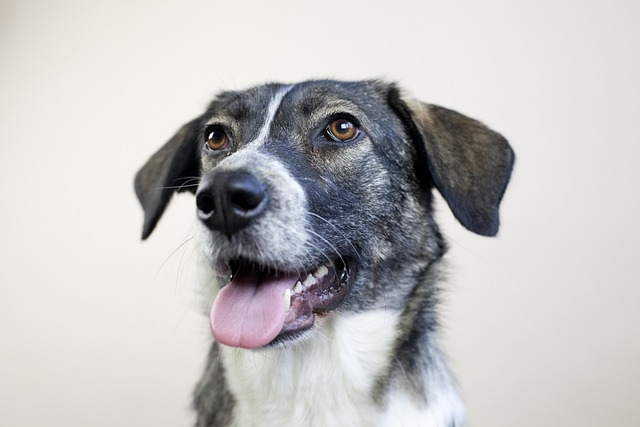
If your dog turns a deaf ear to the “sit” command, don't beat yourself up. It's a common struggle for pet parents, and cracking the code requires patience, observation, and a sprinkle of creativity.

Coming home to a dog that growls, lunges, or shows teeth is heart-breaking. Aggression isn’t just scary—it can strain the bond you want with your furry friend.
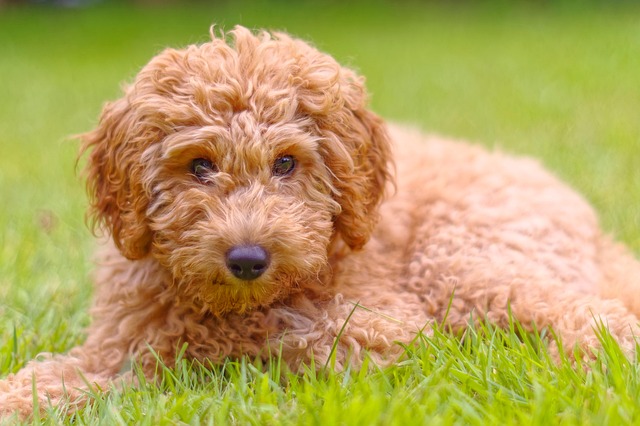
Picture this: It’s 3 AM in your Seattle apartment complex courtyard, rain dripping down your neck as your 12-week-old Golden Doodle, Benny, sniffs every leaf instead of peeing.
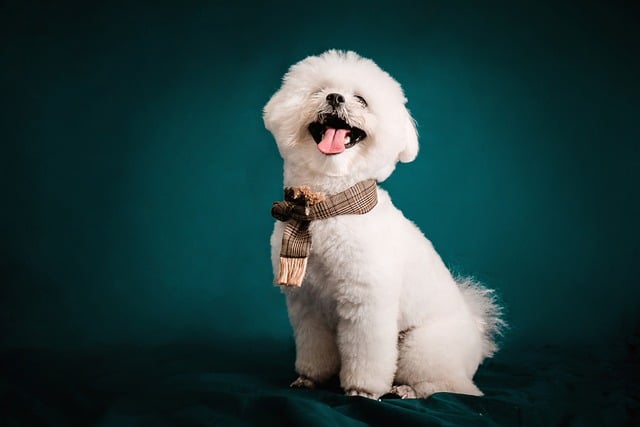
Ever found yourself crouched on the kitchen floor, staring at a fresh puddle and wondering if there’s a magic solution to puppy potty training?
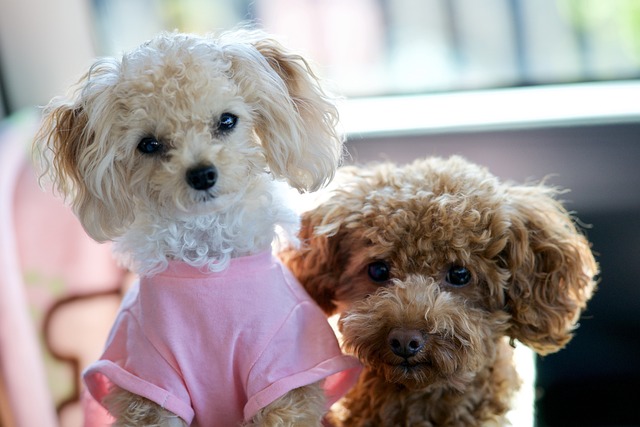
Picture this: You’re rushing to clean up your 12-week-old Labrador’s puddle on your Chicago apartment’s hardwood floor again while late for work.